|
Holography is the use of optical interference and diffraction theory, the form of a specific object emitted light waves to interference fringes recorded diffraction reproduction, under certain conditions, to form a three-dimensional image of the original. Since the recording is all the information of the object (amplitude and phase), so called holography or holographic
Holography
In 1948, British physicist Gabor (Gabor) first proposed the holographic principles, which laid a theoretical foundation for the birth of holography.
The hologram theory the proposed
Development of holography has experienced three stages: the first stage is the initial stage of holography, this stage is mainly theoretical research and a small amount of experiments.
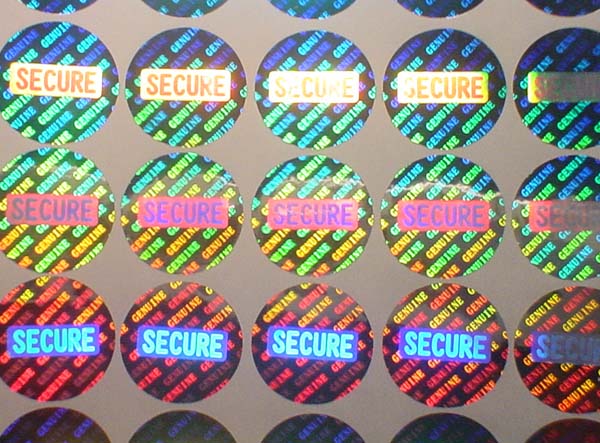
Optical holography invented by D.Gabor,. His early work is committed to improve the resolution of electron microscopy, when scientists think that the new display era has come. 1947 the D. Gabor engaged improve the resolving power of the electron microscope work by WL Bragg in the X-ray Metallography and F. Zernike phase of work inspired display about the introduction of a coherent background [2], gamma The Baiti the idea of ??holography to improve the resolving power of the electron microscope. His use of a mercury lamp in 1948 the first time a hologram again phenomenon, founded holography. But was not strong enough coherent radiation source, the development of holography into a dormant state. Faces enormous obstacles, and the only point results, its early researchers had to abandon this optical display technology.
GL Rogers et al's work in the 1950s greatly expanded wavefront reproduction theory. However, due to the restrictions twins like "and coherent light source, holography into the doldrums after the 1955 stage.
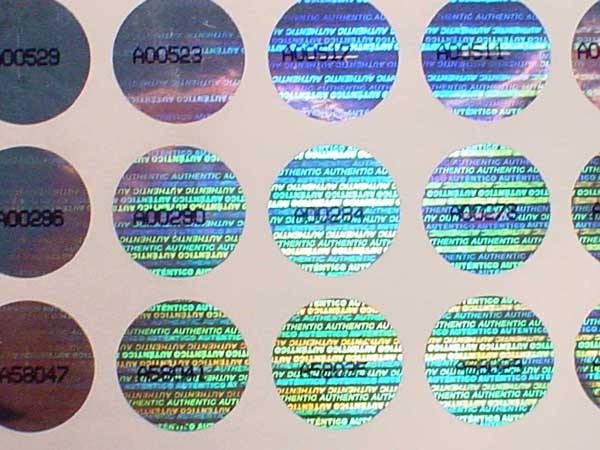
Hologram recording laser reproduction period
The second stage is in the emergence of the laser, the laser recording laser reproducing period.
Holography bleak future until the early 1960s due to the work carried out by the radar laboratory of the University of Michigan in the United States before it replay glory. The laboratory engaged the integrated aperture antenna ENLeith J.Upatnieks almost Javen and others made of helium-neon laser, [3], Gabor technology epoch-making improvements, while successfully carrying out the three-dimensional diffuse the matter recording and reproducing experiment.
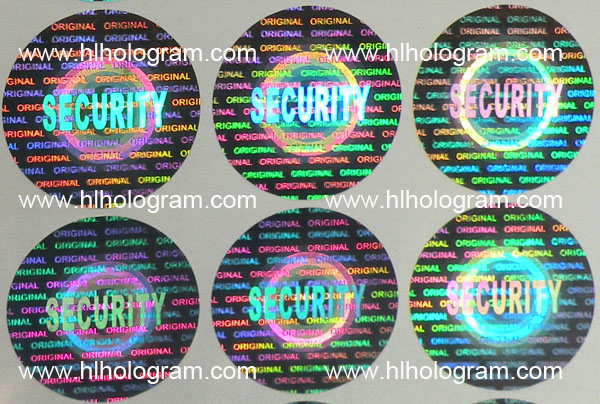
The emergence of the laser, the development of holography has opened up broad prospects, from 1961 to 1962, EN Leith et al Gabor hologram improved twin like "problem solved in one fell swoop, the introduction of the" the oblique reference beam method ", with a helium-neon laser successfully shot the first practical laser hologram. This makes holography in 1963 to become one of the most active branch in the field of optics. Leith et al in 1964 proposed the concept of the diffusion hologram, and the reproduction of the three-dimensional object. At the same time, the Soviet physicist Lippmann color photographic method and Gabor holography method proposed the concept of a reflection hologram.
Hologram recording white reproduction period
Has the third stage of the development of holography in the 1980s, this stage is the laser recording white reproduction, such as reflection hologram, like holographic rainbow hologram embossed hologram and synthetic holography.
In 1962, former Soviet scientists YNDenisyuk based on G.Lippmann standing wave natural color xerography white light reflection hologram. From this continuous development of applied research, many scientists began their research to explore the potential applications of holography and its applications, such as holographic interferometry, holographic memory, holographic optical elements, holographic microscopy, display holographic calculation holographic and so on. During this period, SABenton rainbow holography invention opened a display hologram applications prelude. Their success, Gabor holographic idea who won the Nobel Prize in Physics in 1971.
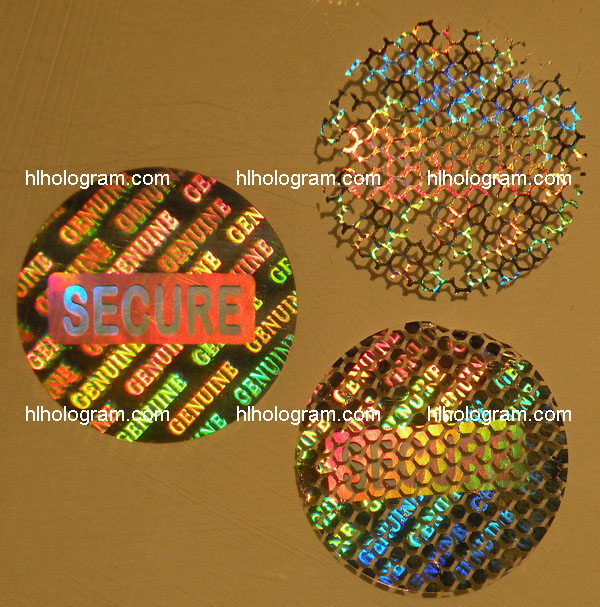
Principle of laser holography
Holographic and ordinary photographic
Holographic and ordinary photographic principles and methods essential difference
The ordinary camera based on geometrical optics based on the use of lens imaging to record each point of light intensity distribution, is imaged as a two-dimensional planar image, the relationship between images is little corresponding, can not reproduce an image as long as the backsheet breakage. Ordinary camera can meet the external environment is less demanding, the general conditions.
The hologram is different, it is based on the laws of the physical optics of light interference, diffraction, and the introduction of appropriate coherent reference wave, not only recorded in the amplitude information of the object beam, but also the loss of phase information in the ordinary photographic process recorded. Photosensitive backplane not the image of an object, but the object light and the interference fringes of the reference light, the contrast of these fringes, the shape and density of the stripes reflects the amplitude and phase distribution of the object wave. After developing and fixing processing, it becomes to a hologram. It is equivalent to a complex grating, only in the proper illumination of the light waves in order to reconstruct the original object wave. The hologram is a three-dimensional real image obtained. The relationship between the images is the point of the face should be, at every point on the hologram are recorded in the information of all of the object light, regardless of wear or broken, a small pieces hologram can put the original objects in real reproduced.
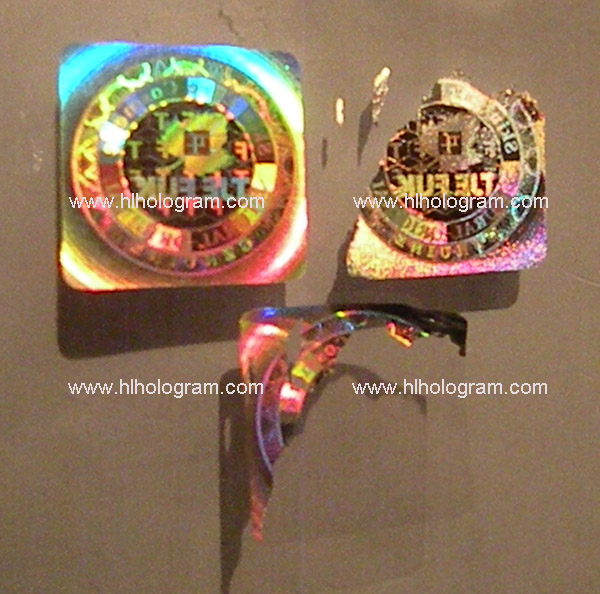
Of course, the laser holographic shooting requirements much more stringent than the ordinary photographic. First, the light source must be a coherent light source, the hologram is based on the principle of the interference of light, thus requiring the light source must have good coherence [5]. The emergence of the laser light for the hologram provides an ideal light source. Secondly, the holographic system is stable, thin, dense, the interference fringes recorded on the hologram is minimal interference will cause the blurring of interference fringes in the photographic process, and even the interference fringes can not be recorded for this holographic laboratory bench shockproof, all optics of the holographic table with magnetic material fixedly suction in the work table on a steel plate, in addition, the airflow through the optical path, the acoustic interference and temperature changes will cause a change in density of the ambient air, therefore, should be banned in the exposure to loud noises, and can not move around freely, the entire lab absolute quiet. Again, the optical path difference between the object and reference beams should be as small as possible, and can not exceed a maximum of 2cm. There is must use the high-resolution hologram, because the thin dense interference fringes recorded on the hologram backsheet, requires high-resolution photosensitive material. The ordinary photographic photosensitive backsheet due to coarse particles of silver compounds, per millimeter can record only 50 ~ 100 stripes, laser hologram dry plate resolution of up to 3000, can satisfy the requirements of the holographic per millimeter. Finally, the flushing process of the hologram photo flushing process is also very critical. Overall, laser holographic conditions are very harsh.
Next Page
Digital hologram image reproduction zero-order image
|
![]() English
English ![]() French
French ![]() German
German ![]() Spanish
Spanish ![]() Portuguese
Portuguese ![]() Italian
Italian ![]() Russian
Russian ![]() Romanian
Romanian ![]() Bulgarian
Bulgarian ![]() Hungarian
Hungarian ![]() Czech
Czech ![]() Danish
Danish ![]() Suomi
Suomi ![]() Turkish
Turkish![]() Swedish
Swedish![]() Norwegian
Norwegian![]() Slovenian
Slovenian ![]() Polish
Polish![]() Croatian
Croatian ![]() Slovak
Slovak ![]() Maltese
Maltese ![]() Lithuanian
Lithuanian![]() Latvian
Latvian![]() Slovak
Slovak ![]() Afrikaans
Afrikaans ![]() Arabic
Arabic ![]() Chinese(S)
Chinese(S) ![]() Chinese(T)
Chinese(T) ![]() Japanese
Japanese ![]() Korean
Korean ![]() Vietnamese
Vietnamese ![]() Thai
Thai ![]() Malay
Malay ![]() Indonesian
Indonesian

 07000688
07000688